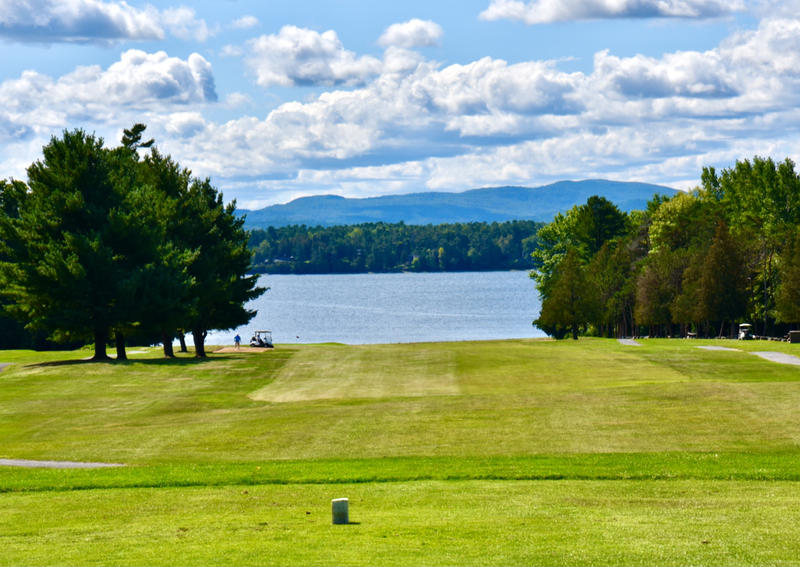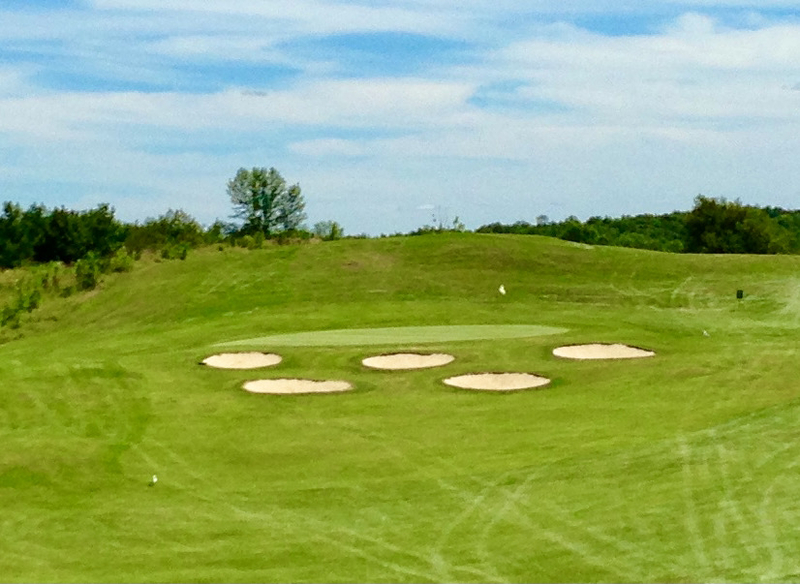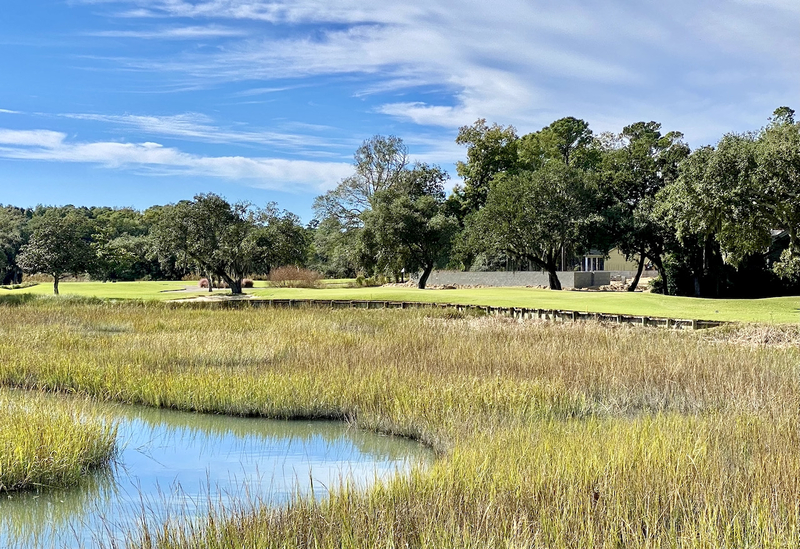If you subscribe to my free, mostly-monthly newsletter, you already know that I am a fan of the state of Vermont. So too are skiers, maple syrup lovers and craft beer worshipers. But no one retires to a place just for those benefits; yet more and more retirees are choosing Vermont as their go-to retirement spot, not just as a second home but as their one and only.
In-migration to Vermont is way up since the start of the pandemic, and prices of real estate have followed suit. Typical is a modest neighborhood in St. Albans, just off Interstate 89 and a mere 20 minutes from the Canadian border. My daughter and her family live there and, over the last three years, home prices have jumped 60%. That seems typical of many towns my wife and I have checked with an eye toward a second home in Vermont. Five years ago, we considered someday living in downtown Burlington, a university town and considered by some to have all the advantages of a San Francisco without the size or big city problems. Someday could be never for us, given the significant increase in prices in and around Burlington.
Vermont has been perceived by residents of big cities like Boston and New York as safe havens during the pandemic. Indeed, the state has registered probably the best overall performance dealing with Covid of any state. A Republican governor and Democrat state legislature have managed to govern in a peaceful co-existence style that should be the envy of deep blue and deep red states. Although no one would ever mistake Vermont for a pink or even purple state, the cultural divide in the Green Mountain state is more like a tinycreek than a raging river. Granola eaters and hunters live pretty much in harmony, or at least any schisms are not the stuff of headlines.
Golfers who live in Vermont full time have an admittedly short season. Five miles from the Canadian border at Jay Peak, the best golf course I played during a five-week visit in August and September, the end date for a season that started in late April was October 11. But for those almost six months of golf, the choices are varied and excellent.
 The Bluff Point Resort golf course in Plattsburgh, NY, runs along Lake Champlain and has a fascinating history. Once the site of President William McKinley's "summer" White House, the resort featured a large hotel beside the lake and a designer pedigree; it was redesigned in 1916 by A.W. Tillinghast, he of Winged Foot and Bethpage Black fame. Alas, the hotel is gone and the golf course does not reflect much of its former glory. But it is still a hoot to play where McKinley and the Roosevelt boys once teed it up.
The Bluff Point Resort golf course in Plattsburgh, NY, runs along Lake Champlain and has a fascinating history. Once the site of President William McKinley's "summer" White House, the resort featured a large hotel beside the lake and a designer pedigree; it was redesigned in 1916 by A.W. Tillinghast, he of Winged Foot and Bethpage Black fame. Alas, the hotel is gone and the golf course does not reflect much of its former glory. But it is still a hoot to play where McKinley and the Roosevelt boys once teed it up.I played nine layouts during my five weeks in Vermont, two of them across Lake Champlain in New York state, and none of them were clunkers. (I have posted reviews of most of them at my web site, OffTheBeatenCartPath.com.) They ranged from the “modern,” typified by the afore-mentioned Jay Peak, Fox Run (formerly Okemo) and Green Mountain, to the “classic,” including Bluff Point in Plattsburgh, NY (redesigned by the famous A.W. Tillinghast in 1916), Champlain Golf Club in Swanton, Alburg Golf Links in Alburgh, and Williston Golf Club in Williston, a few miles from Burlington. During my round at Kwiniaska Golf Club, near the University of Vermont, I played behind seven foursomes of couples from Florida; according to the club’s general manager, 50 Florida residents are members of the semi-private club. They winter in the Sunshine State and live in the Burlington area during the summer.
There are a few choice golf communities in Vermont, chief among them Queechee in the central part of the state, a few miles from the intersection of Interstates 91 and 89 (both wind up at the Canadian border). The community features two well-regarded golf courses – one of them the fourth best in the state, according to Golf Digest and Golfweek -- and skiing for those so disposed. Farther north, Vermont National is a Jack Nicklaus designed course in South Burlington that threads its way through a modern development of single-family homes and one-story townhouses. The restaurants, shopping and access to university activities is as good as it gets in any area of New England. Stowe Mountain is barely a half hour away for some of the best skiing in the Northeast.
 Alburg Golf Links at the northern end of Lake Champlain sports a 60-year-old layout with a few modern flourishes. The owner is looking to sell the course and 200 adjacent acres that are ripe for development -- and views of Lake Champlain. Asking price is $2.5 million for everything.
Alburg Golf Links at the northern end of Lake Champlain sports a 60-year-old layout with a few modern flourishes. The owner is looking to sell the course and 200 adjacent acres that are ripe for development -- and views of Lake Champlain. Asking price is $2.5 million for everything.It is relatively expensive to live in Vermont, but if you play a lot of golf, you could save a lot of money compared with memberships and green fees in, say, Florida. At Jay Peak, for example, green fees during the high season of late summer were just $60, cart included. The cost of a full membership for next year is expected to be around $1,600 (no initiation fee, just that annual payment). Assuming you play three times a week during a, conservatively speaking, 22-week season, your cost per round will be barely $25. At twice a week, the cost will be under $40. Most of the other semi-private clubs I played charge even less.
Golfweek in 2020 named Jay Peak the best “public access” golf course in the state and named TPC Sawgrass’ Stadium Course the best in Florida. There is no comparison in terms of quality but, at $600 per round in peak season, 10 times more than at Jay Peak, there is no comparison in cost either.


























